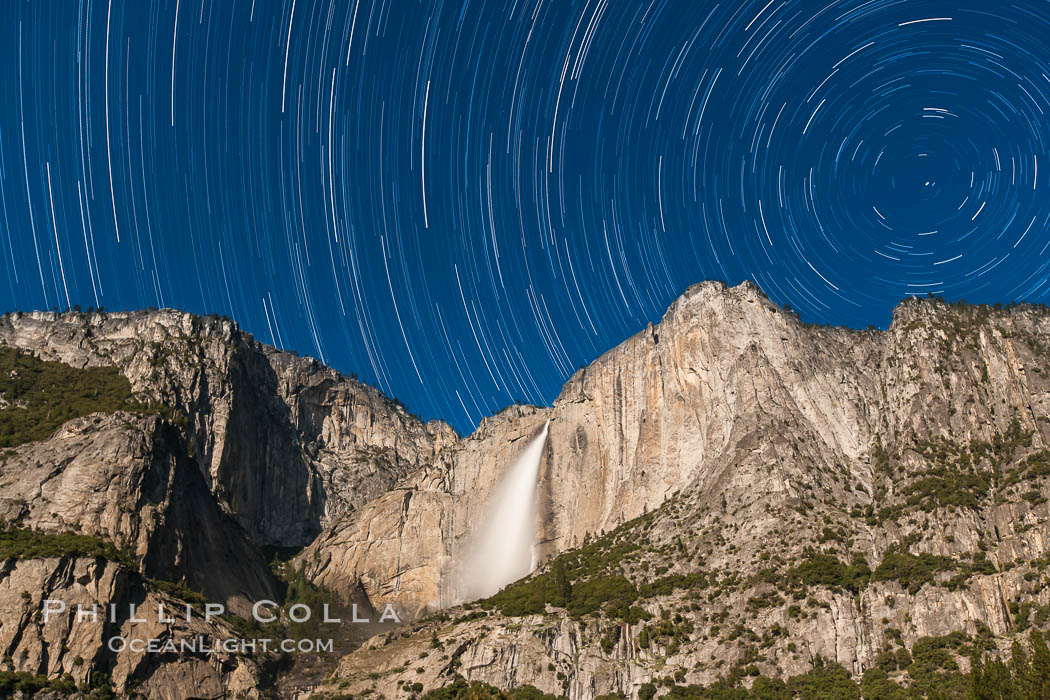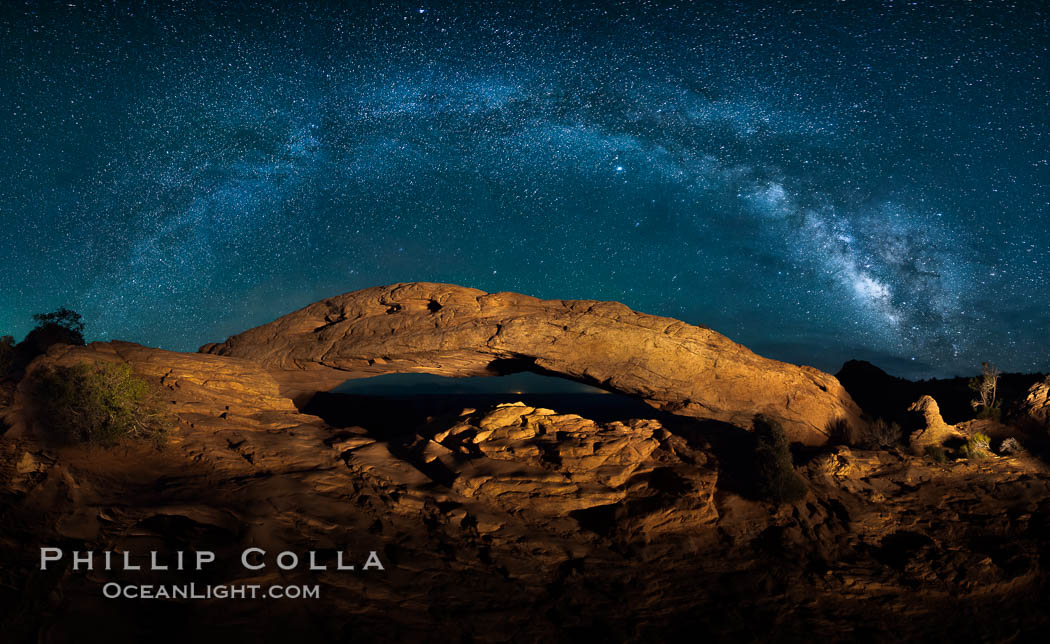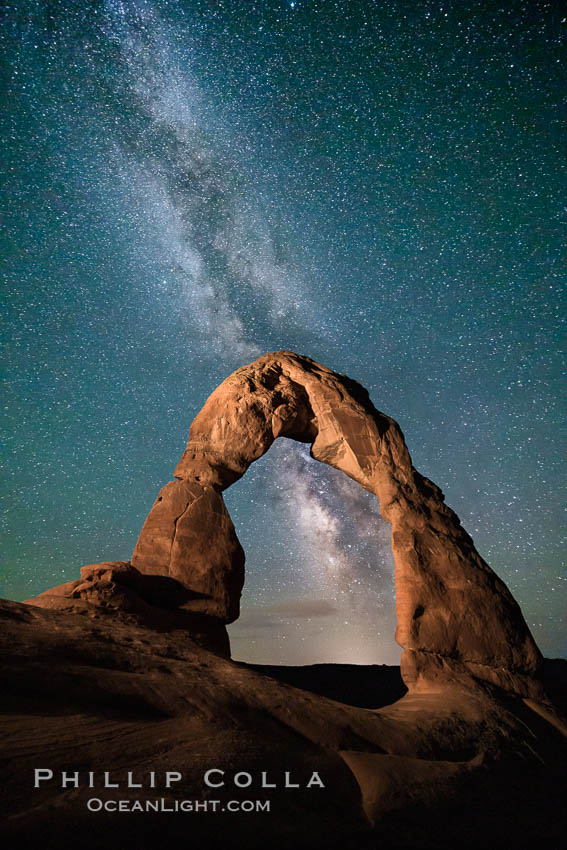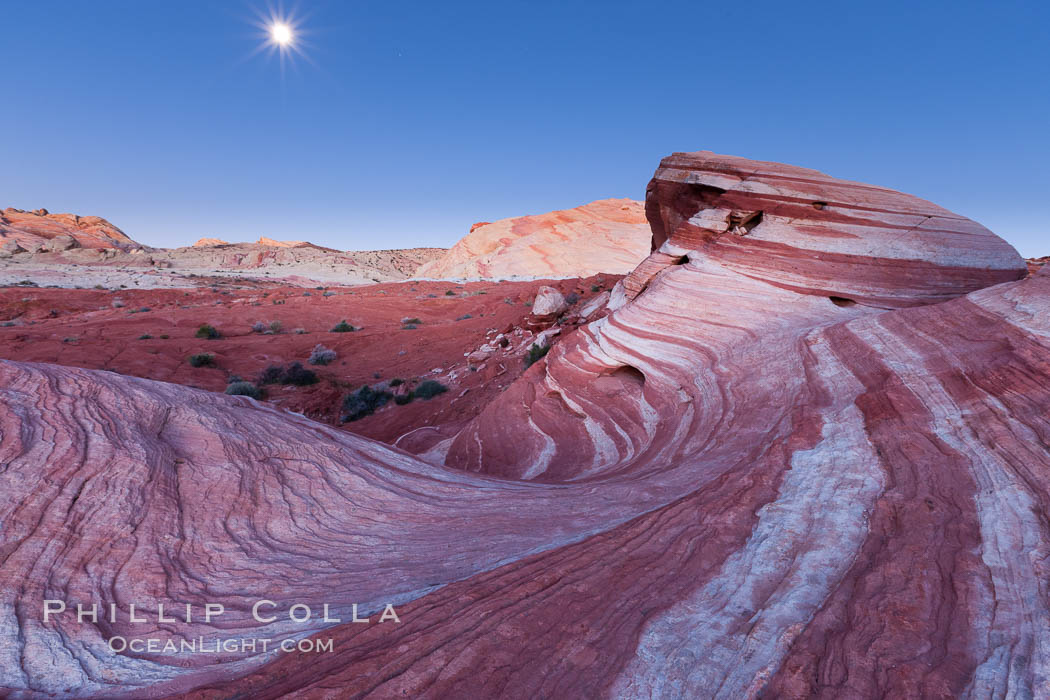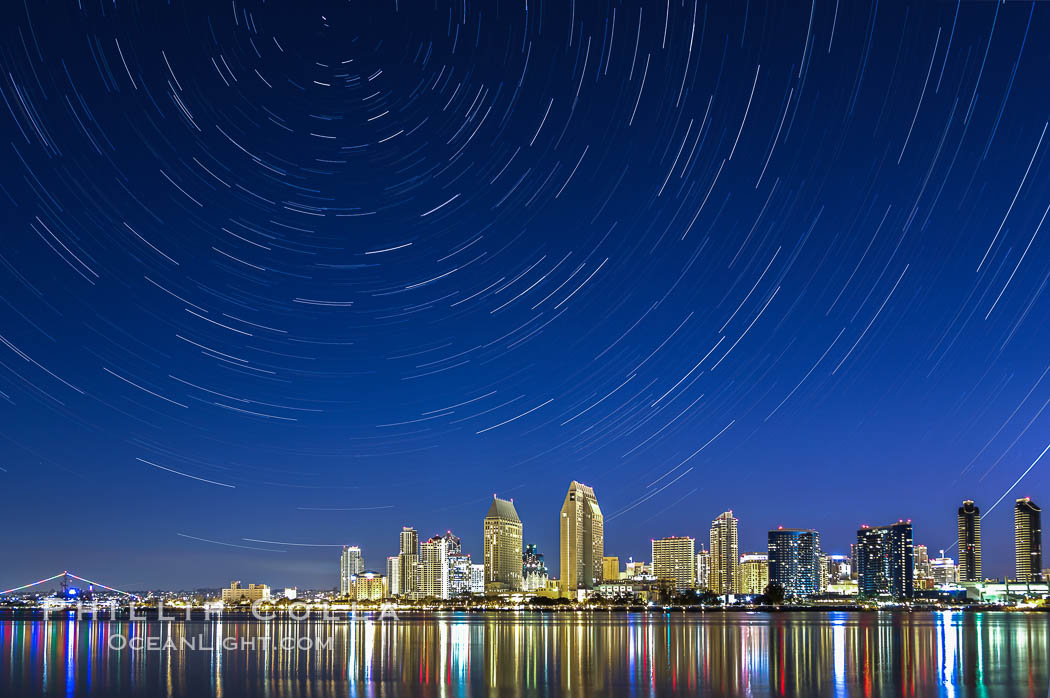New: check out my website for Landscape Astrophotography!
What is Landscape Astrophotography? Here is my take on it!
Landscape Astrophotography is the discipline of photographing scenes that include both astronomical elements and terrestrial landscape elements. The motivation for landscape astrophotography is a desire to depict the night sky, including stars, planets, comets, meteors, the Milky Way galaxy, space dust and our Moon among other elements, along with some recognizable piece of planet Earth. This approach differs from the classic “deep space” images that, for instance, NASA produces, since those typically show nothing of the Earth and are thus disconnected from the type of scenes we experience when we view the night sky ourselves. In my landscape astrophotography, I choose to use lenses and compositional choices that produce an image similar to what the viewer would experience with his own eyes. A few details that characterize landscape astrophotography, both mine and the way I believe most photographers practice it today. Landscape astrophotographs:
- are made at night, or at the edge of night (dawn and dusk).
- use exposures “long enough” to record relatively dim objects in the night sky. Almost all landscape astrophotography involves the use of a tripod.
- sometimes employ artificial light on foreground elements in a technique known as “light painting”.
- sometimes will combine, or “stack”, multiple images to produce a final image. Naturally, in this case the resulting image is not what one would have been able to see in person, but the image can serve to illustrate the passage of time (e.g., star trails) or a relatively infrequent phenomenon (e.g., meteor shower).
- often use relatively high ISO settings. This is made possible by the recent technological improvements in the sensitivity and noise characteristics of digital camera sensor.
- often will use lenses “wide open”, or at or near their maximum aperture, in order to capture as much light as possible.
- use focus that is typically near or at infinity so depth of field is not an issue.
- benefit from maximum corner sharpness and minimal coma distortion, at or near “wide open” aperture — two highly desirable lens characteristics for landscape astrophotography.
- require considerable post-processing techniques in software such as Photoshop, Lightroom and Starstax to adjust white balance, contrast, exposure and especially noise.
- often will push a digital camera to the edge of what it is capable of recording. This means that as the technological capabilities of our cameras continue to improve, new possibilities in landscape astrophotography continue to emerge.
Below are few of my favorite landscape astrophotographs, made during the last two years with both Canon and Nikon equipment, all in California, Nevada and Utah. If you like these, please see my gallery of landscape astrophotography for others. All of my astrophotography landscape images are available as prints for display in your home or office, up to 30″ x 45″ in size, and have been some of my best sellers recently. Cheers, and thanks for looking!
Yosemite Falls and star trails, at night, viewed from Cook’s Meadow, illuminated by the light of the full moon.
Image ID: 27733
Location: Yosemite Falls, Yosemite National Park, California, USA
Panorama of the Milky Way over Mesa Arch.
Image ID: 27824
Location: Mesa Arch, Canyonlands National Park, Utah, USA
Milky Way arches over Delicate Arch, as stars cover the night sky.
Image ID: 27850
Location: Arches National Park, Utah, USA
The Milky Way galaxy above Arch Rock, Joshua Tree National Park, night star field exposure.
Image ID: 26862
Location: Joshua Tree National Park, California, USA
The moon sets over the Fire Wave, a beautiful sandstone formation exhibiting dramatic striations, striped layers in the geologic historical record.
Image ID: 26511
Location: Valley of Fire State Park, Nevada, USA
Star Trails over the San Diego Downtown City Skyline. In this 60 minute exposure, stars create trails through the night sky over downtown San Diego.
Image ID: 28383
Location: San Diego, California, USA
